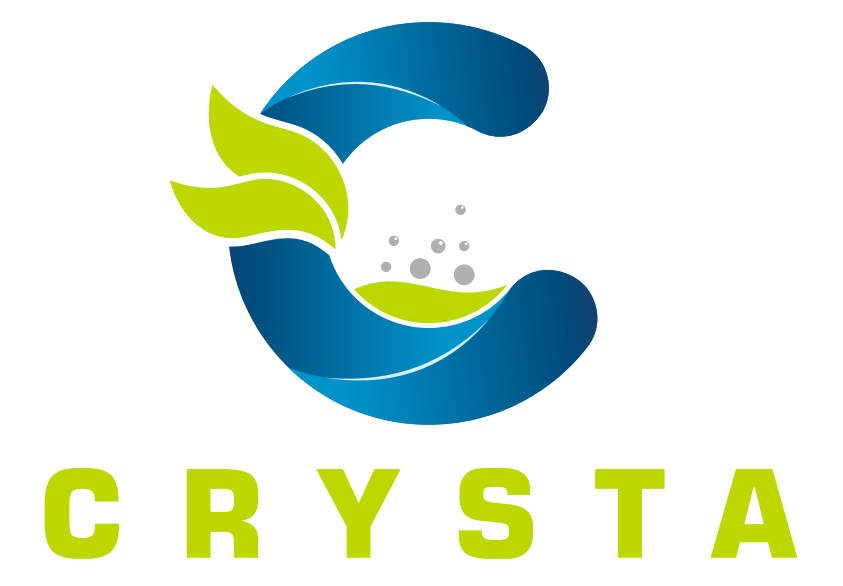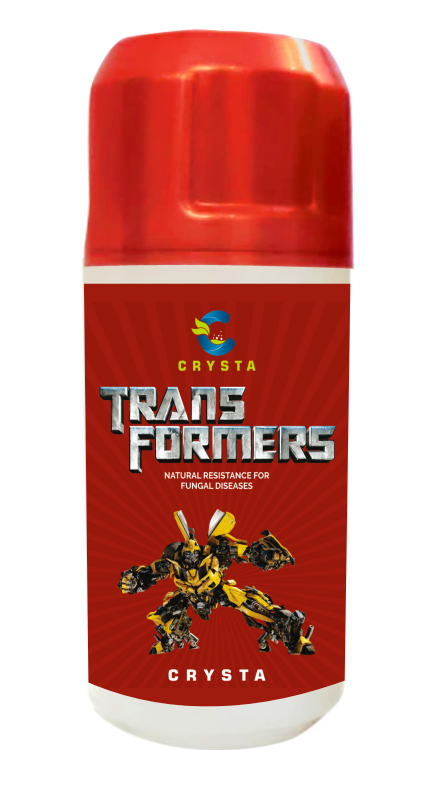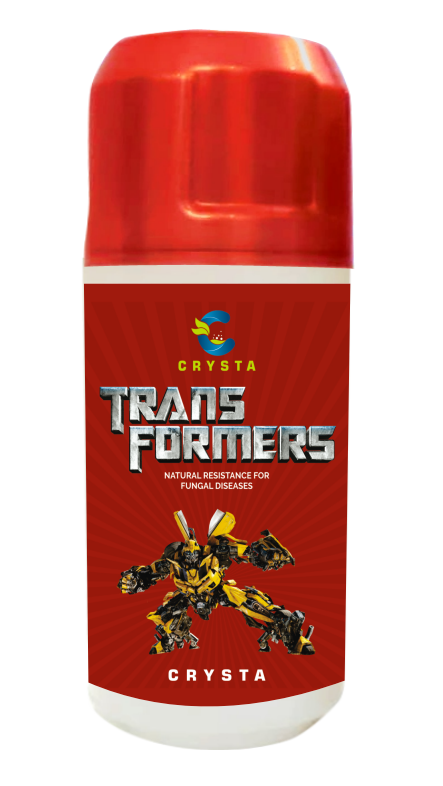Transformers
- Home
- Transformers

Transformers
Transformers Biological Products typically refer to biological control agents or biopesticides designed to manage pests, diseases, or weeds in agriculture using natural organisms or substances. While "Transformers" might not be a widely recognized brand name, biological products generally encompass the following categories.
Key Features:
- Active Ingredients: Biological products often contain microorganisms (bacteria, fungi, viruses) or natural substances derived from plants or minerals.
- Mode of Action:
- Microbial Control: Involves microorganisms that target pests or pathogens through predation, parasitism, or competition.
- Biochemical Control: Uses natural substances like plant extracts that can inhibit pest development or growth.
- Induced Resistance: Stimulates plants to develop their own defenses against pests or diseases.
- Formulation: Available in various forms such as liquid concentrates, wettable powders, granules, or ready-to-use sprays.
- Target Pests and Diseases: Effective against a wide range of pests (insects, mites) and diseases (fungal, bacterial, viral) in crops.
- Use: Applied to various crops, including vegetables, fruits, cereals, and ornamentals.
Types of Biological Products:
-
Microbial Pesticides: Contain live microorganisms such as:
- Bacillus thuringiensis (Bt): Targets certain insect larvae.
- Trichoderma spp.: Controls soil-borne fungal pathogens.
- Beauveria bassiana: Affects various insect pests.
-
Plant Extracts and Natural Substances:
- Neem Oil: Acts as an insect repellent and growth regulator.
- Pyrethrin: Derived from chrysanthemum flowers, used to control insect pests.
-
Beneficial Nematodes: Microscopic worms that target soil-dwelling insect pests.
Usage Guidelines:
- Dosage: Follow the manufacturer's recommendations for application rates. The dosage may vary depending on the pest or disease and crop type.
- Application Timing: Apply at the right developmental stages of the pest or disease for maximum effectiveness. For preventive measures, apply before pests or diseases become established.
- Method: Apply using standard agricultural equipment such as sprayers or soil application tools. Ensure uniform coverage for best results.
- Safety: Generally safe for humans, animals, and beneficial insects, but PPE is recommended when handling and applying.
Benefits:
- Eco-Friendly: Reduced environmental impact compared to synthetic chemicals. Safe for beneficial organisms.
- Resistance Management: Lower risk of resistance development due to the use of natural organisms or substances.
- Sustainability: Supports integrated pest management (IPM) and sustainable agriculture practices.
Considerations:
- Storage and Handling: Biological products often require specific storage conditions to maintain effectiveness. Follow storage guidelines to keep the products viable.
- Efficacy: The effectiveness of biological products can be influenced by environmental conditions like temperature and humidity. Apply under favorable conditions for best results.
- Integration: Use in combination with other control methods (biological, cultural, chemical) to manage pests and diseases effectively.
<











